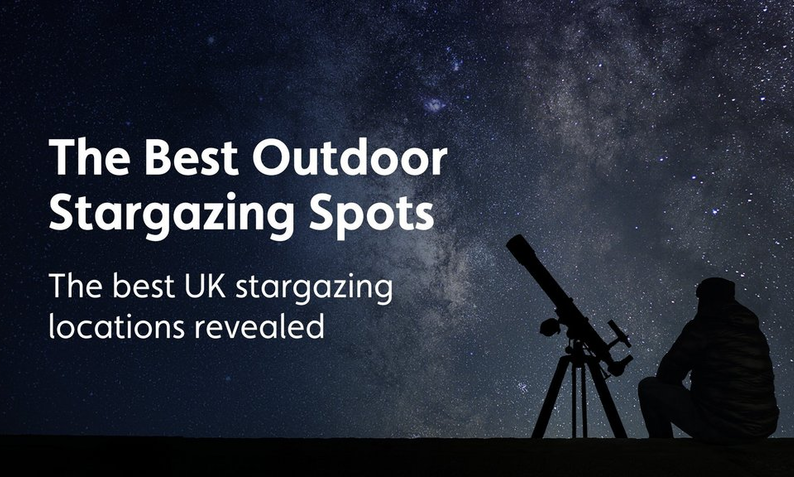A waterproof jacket is your barrier against wet weather; something we’re all too familiar with in the UK. There are loads of great waterproof jackets to choose from at Millets. Here is our expert guide to buying one that works for you.
How Are Waterproof Jackets Made?
Waterproof jackets are designed with an activity or lifestyle in mind. Jackets for running, cycling and high aerobic activities are made from lightweight, highly breathable fabrics which manage heat and perspiration well. Hiking, ski and mountain jackets have more hardy constructions, using stiffer fabrics that can deal with the demanding conditions including heavy rainfall and snow. By far the most popular type of jacket sits between these two styles. These jackets for commuters, dog walkers, hillwalking and weekend trips balance waterproofness and breathability with value to keep you dry outdoors.
Which Coat Do I Need?
There are several common styles of waterproof jacket for you to consider.

Waterproof Shells: The classic waterproof shell should be your go-to layer when it comes to venturing outdoors in wet conditions. From the school run to the mountainside, there is a waterproof to suit your needs. Read the 'What Features?' section below to learn more about what to look for on a classic waterproof jacket.
3 in 1 Jackets: Consists of a waterproof outer shell and a detachable inner fleece which can be worn separately, or combined using the interactive zip to create an all-in-one weather-beating layer. 3 in 1 jackets are the best choice for changeable weather conditions and work really well in the UK. Here are the three ways you can wear a 3 in 1 jacket:
1] Waterproof Jacket Only - Will keep you dry and sheltered from windy conditions. Suitable for mild conditions where rain is likely.
2] Fleece Only - Stay warm and protected from chilly winds by wearing a mid-layer. Suitable for dry conditions.
3] Jacket & Fleece Zipped Together - By zipping the shell and mid-layer together you will be protected from rain, wind and the cold.
3 in 1 jackets are also known as interactive or IA jackets. Interactive is the term used for jackets and mid-layers which can be zipped together using compatible zip mechanisms. Brands create interactive jackets and mid-layers within their ranges that work together using their own zip system.
Parkas: Parkas have a long history in British design. Born out of the freezing conditions of the arctic, this classic longer-length insulated jacket combines warmth with snow and rain protection. Ideal for autumn and winter adventures, plus colder trips including après ski, the parka is loved for its long silhouette which keeps more of you covered. A faux-fur trimmed hood, patch pockets and cosy insulation are all common features.
Kids' Jackets Little adventurers need protection on their big adventures too! Kids’ waterproof jackets and parkas are available which do the same job as adult jackets but in miniature. Great for the school run or playing in the park, a kids' waterproof jacket will keep little one’s outside and exploring.
What Features Should You Look For?
Hood: A well-fitted hood should completely cover your head and ears. Adjusters and wire peaks allow you to customise the fit. Some hoods can be detached or packed into the collar.
Pockets: Great for stashing everyday essentials, the number of pockets your jacket has will depend on what activity it is designed for i.e. a hiking jacket may have a map pocket.
Zippers: Should run smooth and either be covered by a storm flap or taped to seal out rain.
Drawcords: Commonly found at the waist, hood and hem; adjust these to tailor the jacket to suit your body shape.
Dropped Hem: Provides extra coverage at the rear from rain.
Cuffs: Often adjustable using Velcro, these can be used to prevent rain entering the jacket.
Chin Guard: This soft protective cover will stop your chin or mouth from catching on the zip.
Vented Pits: Found on more active jackets, these allow you to manually vent the jacket.

How Should It Fit?
A jacket that fits you right will perform better and feel great. Jackets are cut differently depending on activity, body shape and gender. Here are a few things to think about when considering fit.
Body Shape: Your jacket needs to cover your lower back when you lift both your arms and the cuffs should cover your wrists. If the jacket has adjusters, use these to tailor the jacket to your body shape. If you will layer this jacket over other items of clothing (i.e. a fleece), then we recommend trying the next size up.
Fit: Jackets will vary in style and shape depending on the activity they are intended for. Here are common features to look for.
1] Relaxed Fit: Everyday jackets will have a relaxed fit and commonly a longer length for extra protection. Try the hood; if adjustable alter the shape to fit your face better.
2] Active Fit: Neither snug nor baggy, these jackets provide room for you to wear another layer underneath like a fleece. Peaked, adjustable hoods offer better face protection.
3] Technical Fit: Hiking and climbing jackets will offer greater freedom of movement yet will sit closer to the body. Climbing and mountain jackets commonly have a shorter length and higher pockets which can be accessed even when wearing a harness. The hood will need to accommodate a helmet so take this into consideration.
Women's Jackets: Women's waterproof jackets are cut differently to men's waterproof jackets, usually offering a more tailored fit. They may have slightly shorter arms, narrower shoulders, and a wider width across the hips.

Waterproof Coat Technology
So how does a waterproof jacket work? Well it’s clever stuff but not as complicated as it's often made out to be. Here’s a quick video guide to explain the basics.
All waterproof jackets will keep rain, wind and snow out, but breathability is just as important as waterproofing. The level of breathability is determined by a jacket’s ability to move moisture created by you (sweat in the form of moisture vapour) from the inside of the jacket to the outside. The more breathable a jacket is, the more comfortable you will feel.
There are two main types of waterproof material - membrane and coated. In both cases the membrane or coating is applied to the inside of the jacket’s face fabric. A Durable Water Repellent finish or DWR, is not the bit that makes a jacket waterproof. This is applied to the outside of the jacket and acts a first line of defence to repel rain and snow.
Membrane: A membrane is a technical material that has thousands of microscopic holes across its surface. These holes are so small that liquid water (rain) cannot set in, but are large enough to allow vapour molecules to get out. Commonly membrane jackets are more expensive but do perform better than coated jackets. GORE-TEX® is the most recognisable type of membrane, and eVent is a great alternative.
Coated: Instead of a membrane, a rubber-like layer is sprayed or painted onto the inside of the fabric which creates a waterproof barrier. These types of jacket are excellent value and best suited to low and mid-level activity.

How To Clean Waterproof Jackets
Caring for outdoor gear is easy when you know how. A clothing cleaner and proofer will maintain the condition and performance and your jacket. You should regularly clean and care for your jacket to maintain it's condition, remove grime, oils and dirt, and extend the overall life of your jacket. Check out our guide to cleaning your waterproofs for quick and easy instructions.
Want to recommend your jacket to someone else or share snaps of your adventures outdoors? Add your comments below and share what you get up to outdoors on Facebook, Instagram or Twitter. Tag them using #mymillets.


Comments
Each jacket will have a different hydrostatic head rating (in mm) depending on the waterproofing technology that's used. If you have queries about a particular jacket we'll be happy to help you further!
Thanks,
Sophie @ Millets